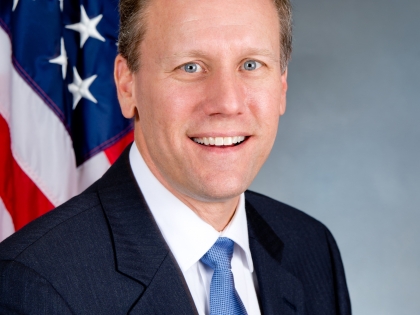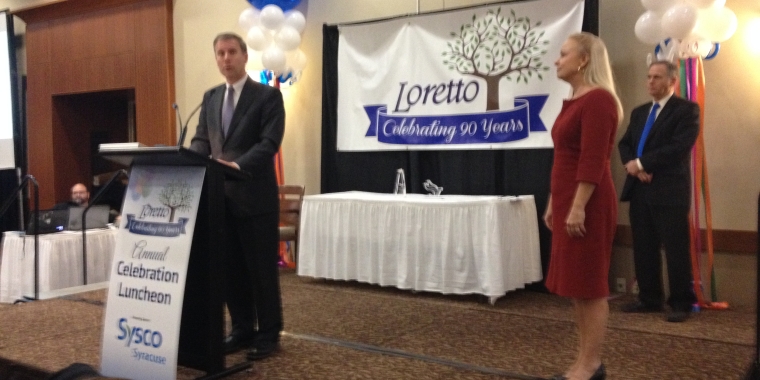
Reform Day, A Look Ahead
Today, thousands of New Yorkers representing more than 30 organizations will travel to Albany to rally on the 2006 Reform New York Day of Action. I see this day as an opportunity to measure what the reform movement has accomplished in recent years, and to consider how much work there is left to do.
As someone who ran for office on a reform platform, people often come up to me and ask how I think the reform movement is doing. I always answer that we have taken some important steps, but we still have a long way to go to get a state government that is more open, responsive and responsible.
Of course, if you had told me two years ago that by the Spring of 2006 we would have had two consecutive on time budgets, we would have cracked the secrecy surrounding member items, we would have ended empty seat voting, and we would have made changes to legislative rules, ethics law, and authority oversight, I may not have believed it.
Everyone who spoke out on behalf of better government deserves some of the credit for these accomplishments.
But, standing here in the Spring of 2006, I still see a mountain of important reforms ahead of us. We still have a lot of work to do on authorities reform, lobbying reform and legislative reform. We have yet to touch redistricting reform or campaign finance reform.
And since I tend to have a wider view of what reform means, I also want to point out that we have yet to see any progress in other important areas, including school funding reform, changes to which will result in more resources for urban and rural Upstate districts. School funding reform will also reduce pressure on local property taxes.
On the subject of property tax reform, despite the strides made when we capped the county contribution to Medicaid, which has resulted in lower property taxes in some parts of Central New York, we still have a great deal to do to fully address the property tax burden.
There are many legislative proposals that will further the reform agenda, including some I have sponsored, like bonding reform and redistricting reform, and some proposed by my colleagues or other state leaders, like Comptroller Alan Hevesi.
No matter how many ideas are presented, the single most important ingredient for the future of the reform movement is the continued involvement of New York’s citizens. In the past two years, the people of New York demanded an end to business as usual and they have gotten results.
With two on-time budgets in as many years, more transparency in member items, and some significant reforms enacted, we have taken the first steps to a better government. But we still have a long way to go and it is going to take persistence to get a state government that is truly more open, responsive and responsible.



